Sustainability Initiatives
The Amber Glass Packaging Market is experiencing a notable shift towards sustainability initiatives. As consumers increasingly prioritize eco-friendly products, manufacturers are compelled to adopt sustainable practices. Amber glass is recyclable and reduces the carbon footprint associated with packaging. In 2025, the demand for sustainable packaging solutions is projected to grow, with the amber glass segment expected to capture a significant share of this market. This trend aligns with the broader movement towards reducing plastic waste, as amber glass offers a viable alternative. Companies that invest in sustainable amber glass packaging may enhance their brand image and appeal to environmentally conscious consumers, thereby driving growth in the Amber Glass Packaging Market.
Technological Advancements
Technological advancements in manufacturing processes are playing a crucial role in the Amber Glass Packaging Market. Innovations in glass production techniques have led to improved efficiency and reduced costs, making amber glass more accessible to a wider range of industries. In 2025, the integration of automation and smart technologies in glass manufacturing is expected to enhance production capabilities, thereby increasing the supply of amber glass packaging. This could potentially lower prices and stimulate demand across various sectors, including cosmetics and pharmaceuticals. As companies adopt these advancements, the Amber Glass Packaging Market may experience significant growth, driven by enhanced production efficiency and product availability.
Health and Safety Regulations
Health and safety regulations are becoming increasingly stringent, influencing the Amber Glass Packaging Market. The use of amber glass is often preferred in sectors such as pharmaceuticals and food and beverage due to its ability to protect contents from harmful UV light. This protective quality is crucial for maintaining product integrity and safety. As regulatory bodies enforce stricter guidelines on packaging materials, the demand for amber glass is likely to rise. In 2025, the market for amber glass packaging in the pharmaceutical sector is expected to expand, driven by the need for safe and compliant packaging solutions. This trend underscores the importance of health and safety in shaping consumer preferences and industry standards.
Consumer Preference for Quality
Consumer preference for quality products is a significant driver in the Amber Glass Packaging Market. Many consumers associate amber glass with premium quality, particularly in the food and beverage sector. This perception is supported by the material's ability to preserve flavor and freshness, which is essential for products like craft beers and organic juices. In 2025, the market is anticipated to witness a surge in demand for high-quality packaging solutions, with amber glass being favored for its aesthetic and functional benefits. As brands strive to differentiate themselves in a competitive landscape, the use of amber glass packaging may become a key strategy for enhancing product appeal and consumer loyalty.
Rising Demand in Cosmetics Sector
The rising demand in the cosmetics sector is emerging as a key driver for the Amber Glass Packaging Market. Consumers are increasingly seeking sustainable and aesthetically pleasing packaging for beauty products. Amber glass not only provides a luxurious appearance but also protects sensitive formulations from light degradation. In 2025, the cosmetics industry is projected to continue its growth trajectory, with amber glass packaging gaining traction among brands aiming to enhance their product offerings. This trend reflects a broader shift towards premium packaging solutions that align with consumer values. As the cosmetics sector evolves, the Amber Glass Packaging Market is likely to benefit from this growing demand, positioning amber glass as a preferred choice for beauty brands.


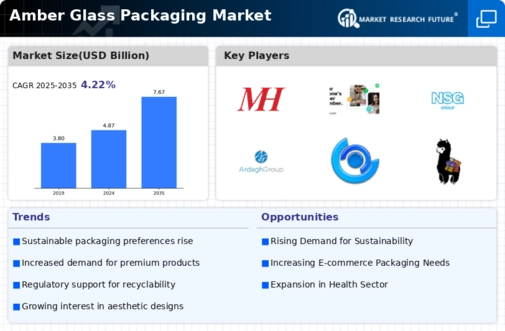
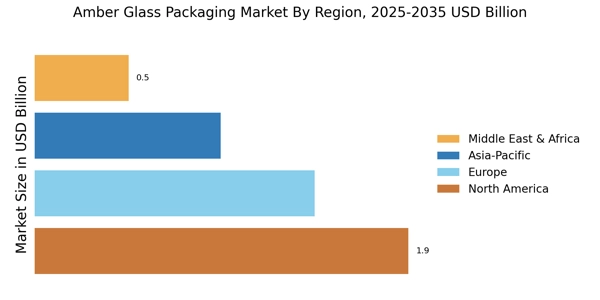

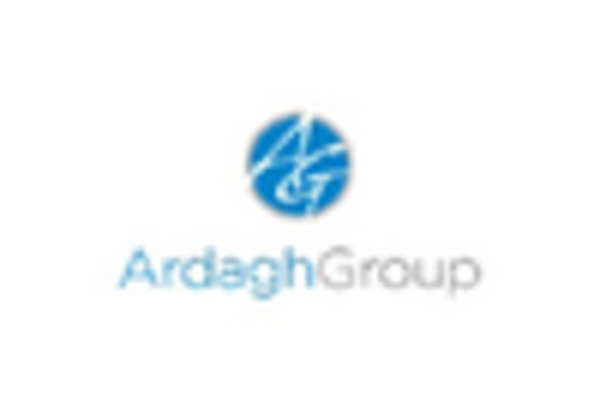
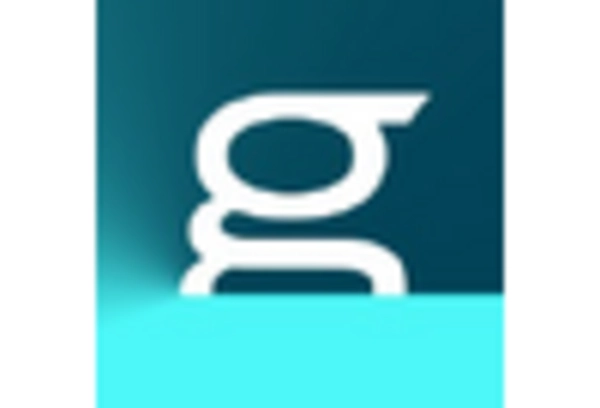
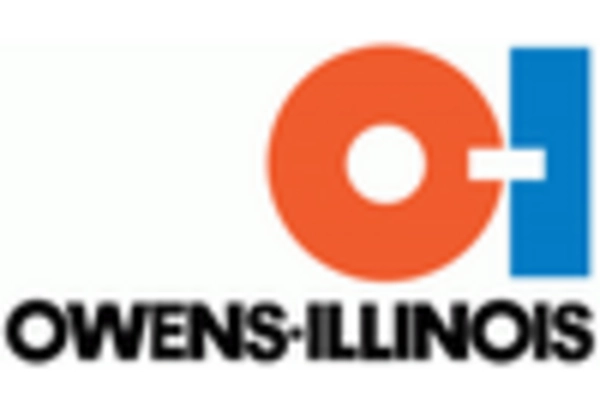

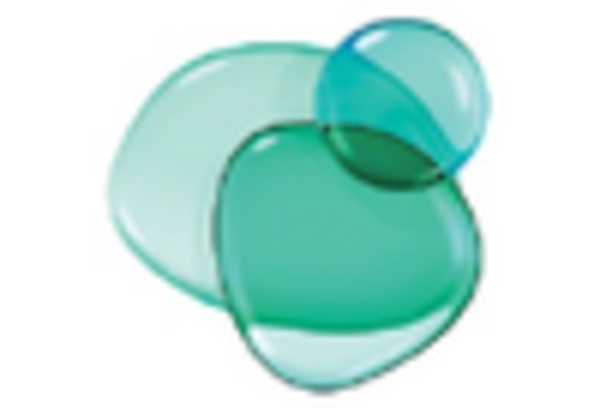








Leave a Comment